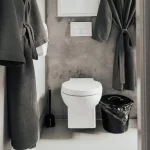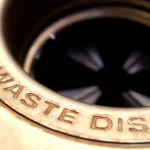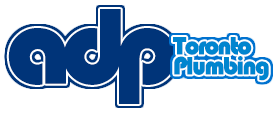So you’ve heard about drain pipelining and have decided that it’s time to get a further understanding of what your options are and how you could benefit from it. Perhaps your plumber has mentioned it or someone you know is upgrading their plumbing system and mentioned it. There’s a lot to know about cured-in-place lining as it’s a relatively new concept. It has only been used over the last 25 years so it’s a good idea to look into it.
How It Works
Cured-In-Place Piping (CIPP) is a “leader pipe” replacement option created through trenchless technology. It’s done by creating a pipe within the existing pipe using a certain type of epoxy resin, which creates the structural strength that new pipes do but without all the damage to structures, floors, interior walls, and landscaping! It’s a great way to protect against aging lines, root intrusion, calcification, and ground movement. All of these things can cause sewer pipes to break down and stop functioning. With CIPP, you can reinforce existing pipes or “replace” them using one of the following methods—all without the inconvenience that traditional repair options require.
#1: Pull in Place
This method is used when the epoxy saturated liner is first pulled into the correct position and is then cured in place. Simple as that! Two access points are needed to be able to pull the liner into place—one to feed the liner in, and one to pull it into place. This is the only downside of this method as there is not always easy access to where the pipe needs to go and therefore it isn’t always an option.
#2: The Inversion Method
This is used when the Pull-in Place method doesn’t work and it’s also used in combination with the Pull-in Place method. The benefits of the inversion method include:
- Requires one point of access
- Can be installed in seconds (200ft)
- Adheres to the liner of the pipe and laid up against it
The Benefits to Cured-In-Place Lining
- It can prevent root intrusion
- Can stop leaks by filling in any existing cracks or water leaks when it’s being cured
- Creates a seamless pipe within a pipe
- Increases water flow
- Calcification can’t adhere to the walls, therefore can’t build-up
- No digging or destruction needed through the trenchless method
- As strong as new pipes
- A fantastic replacement for sewer drain/rainwater leader
Types of Pipe Lining
- Vertical Pipe Lining: Great for high-rise buildings like condos, tall apartment buildings and commercial buildings.
- Lateral Pipe Lining: This is used when you want to increase the flow capacity of existing lateral pipes within your home. These lines run from your house to the main sewer system.
- Horizontal Pipe Lining: These are the main types of pipelining you would have done in your home. They are used in industrial, commercial, and residential buildings. They help to create a lining that allows for a smoother flow of water and stops any pipe leakage all the while, not requiring any destruction to the areas.
There are a lot of benefits to cured-in-place drain pipelining. If you’re renovating your kitchen, building a new home or looking to update your home’s drain pipes, this could be the perfect option for you! It’s always a good idea to consult your local Toronto plumbing contractor and talk to them about what options are going to best meet your needs and your wallet’s needs.






